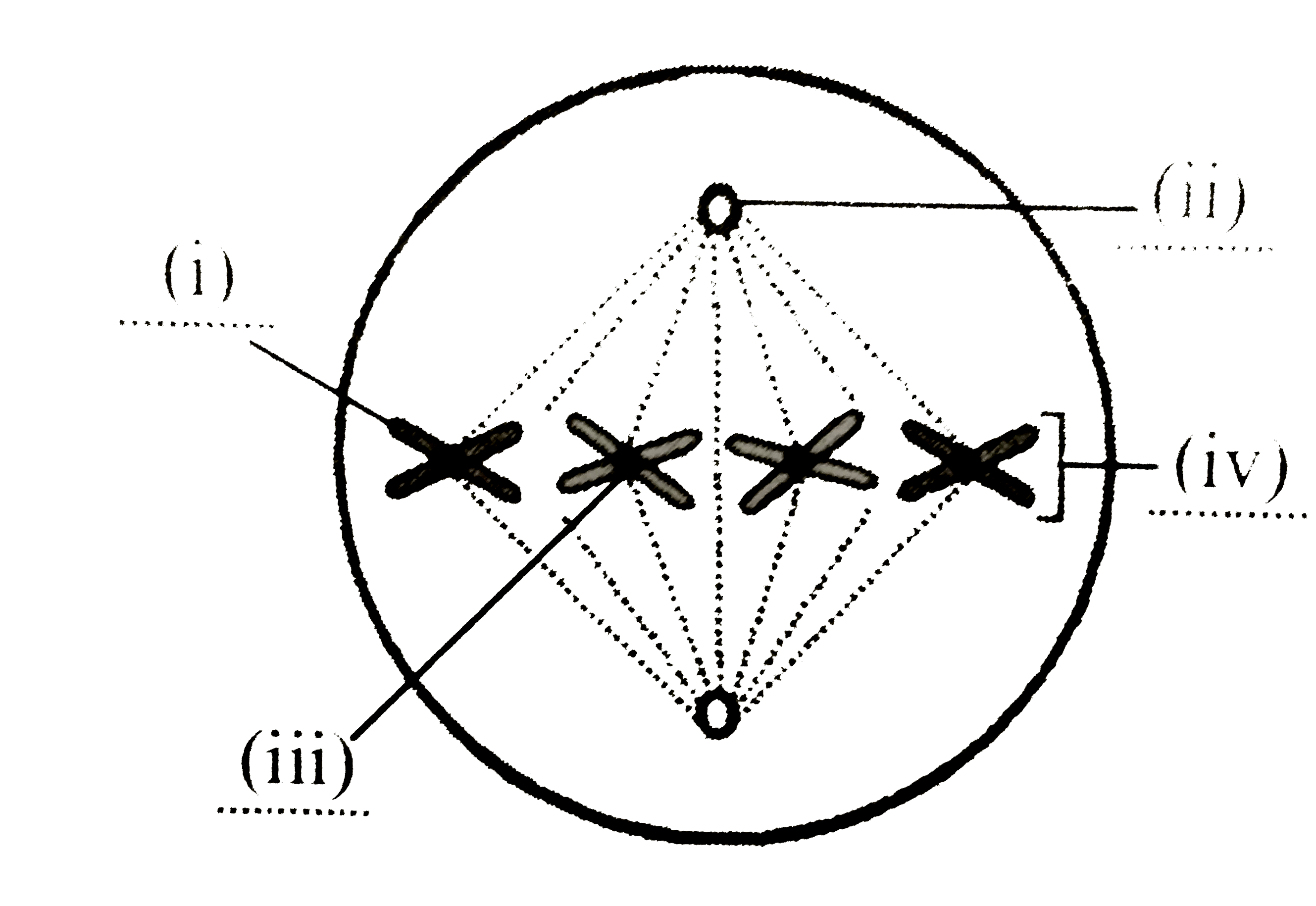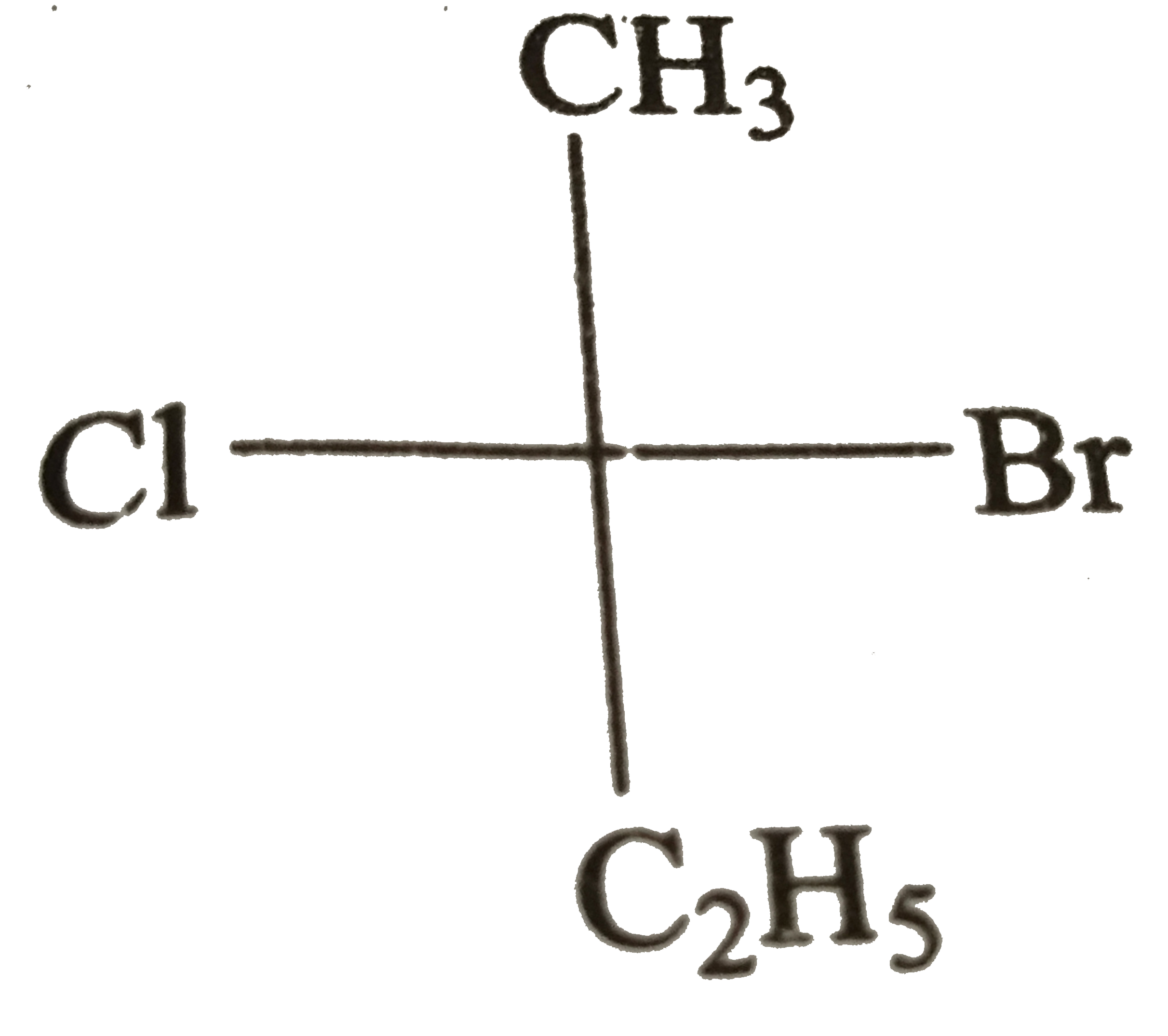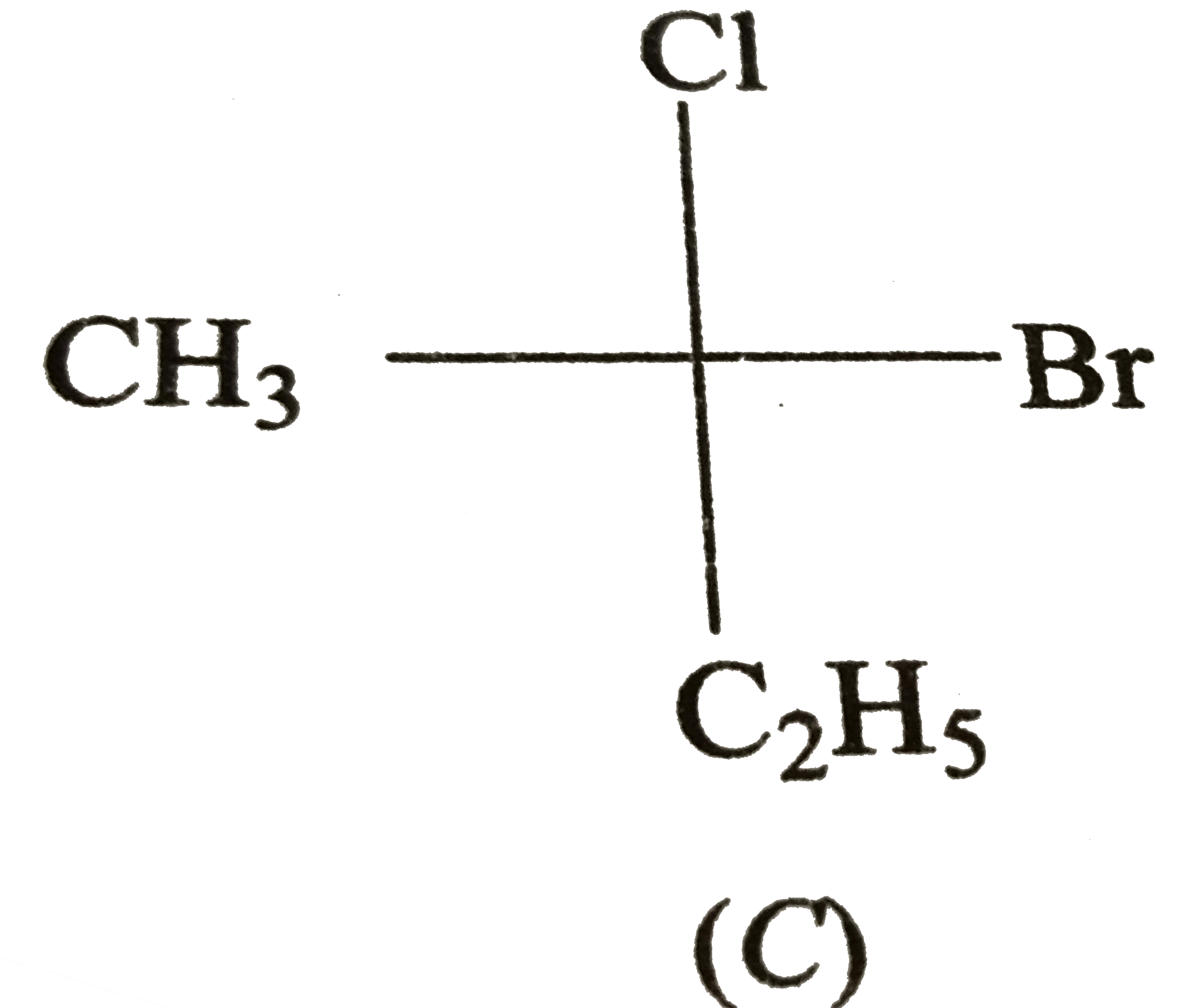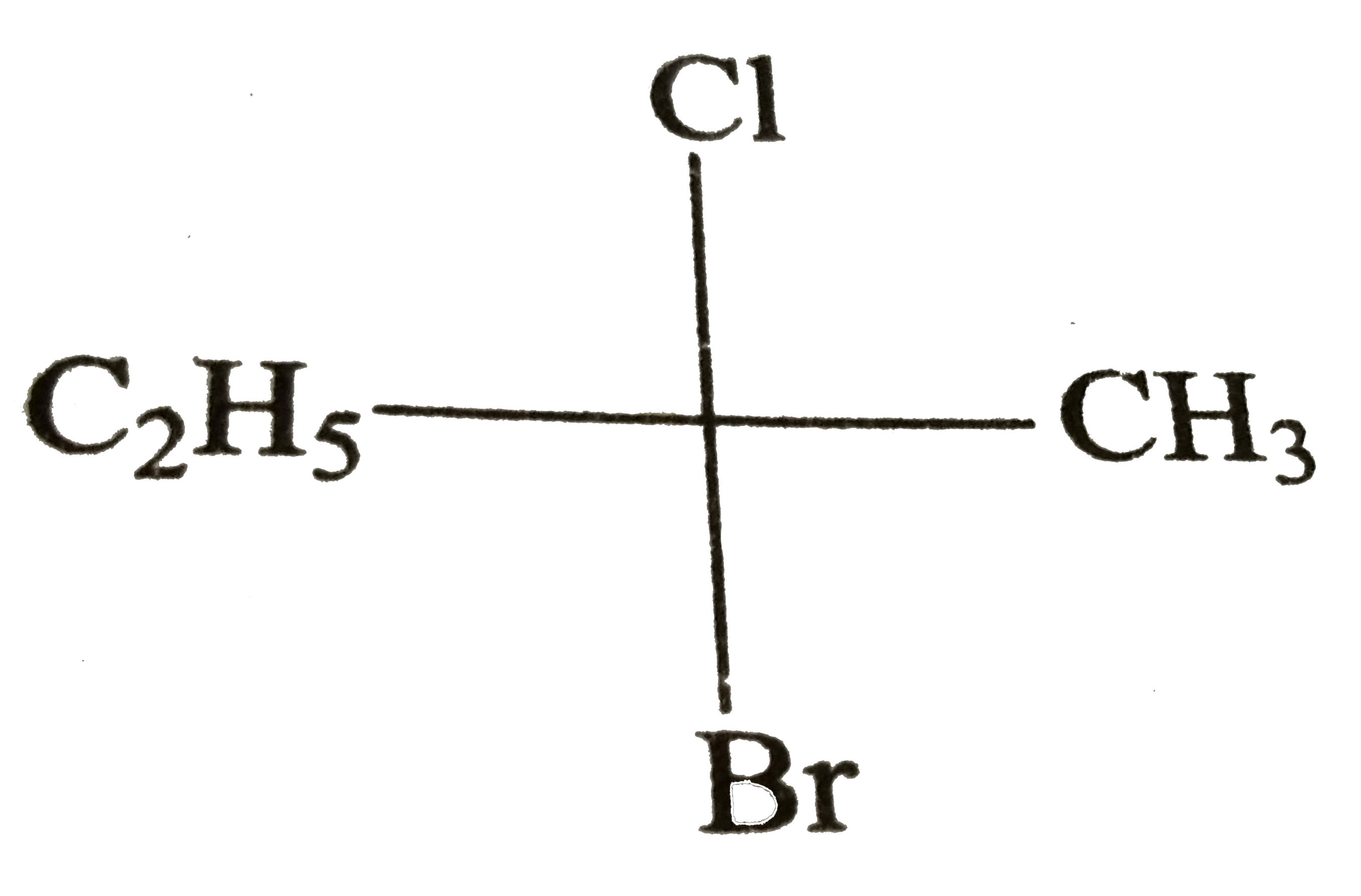Match the following. a. Pseudopodia (Locomotary structure) - (i) Paramoecium(Protozoan) b. Cilia (Locomotary structure) - (ii) Trypanosoma (Protozoan) c. Flagella (Locomotary structure) - (iii) Plasmodium (Protozoan) d. Lacks locomotary structure (Locomotary structure) - (iv) Entamoeba histolytica(Protozoan)
a(iii), b(iv), c(ii), d(i)
a(iv), b(i), c(ii), d(iii)
a(iii), b(i), c(ii), d(iv)
a(iv), b(ii), c(i), d(iii)
The correct Answer is:B
To solve the matching question regarding locomotory structures and their corresponding protozoan organisms, we can follow these steps:
1. Identify the Locomotory Structures:
- The locomotory structures provided are:
- Pseudopodia
- Cilia
- Flagella
- Lacks locomotory structure
2. Identify the Protozoan Organisms:
- The protozoan organisms provided are:
- Paramecium
- Trypanosoma
- Plasmodium
- Entamoeba histolytica
3. Match Pseudopodia:
- Pseudopodia are temporary projections of the cell membrane used for movement, primarily found in amoeba.
- Match: Pseudopodia → Entamoeba histolytica (iv)
4. Match Cilia:
- Cilia are hair-like structures that cover the surface of some protozoans and help in locomotion.
- Match: Cilia → Paramecium (i)
5. Match Flagella:
- Flagella are long, whip-like structures that aid in the movement of certain protozoans.
- Match: Flagella → Trypanosoma (ii)
6. Match Lacks Locomotory Structure:
- Plasmodium is known to lack specialized locomotory structures, moving through a gliding mechanism instead.
- Match: Lacks locomotory structure → Plasmodium (iii)
Final Matches:
- a. Pseudopodia - (iv) Entamoeba histolytica
- b. Cilia - (i) Paramecium
- c. Flagella - (ii) Trypanosoma
- d. Lacks locomotory structure - (iii) Plasmodium
- The locomotory structures provided are:
- Pseudopodia
- Cilia
- Flagella
- Lacks locomotory structure
- The protozoan organisms provided are:
- Paramecium
- Trypanosoma
- Plasmodium
- Entamoeba histolytica
- Pseudopodia are temporary projections of the cell membrane used for movement, primarily found in amoeba.
- Match: Pseudopodia → Entamoeba histolytica (iv)
- Cilia are hair-like structures that cover the surface of some protozoans and help in locomotion.
- Match: Cilia → Paramecium (i)
- Flagella are long, whip-like structures that aid in the movement of certain protozoans.
- Match: Flagella → Trypanosoma (ii)
- Plasmodium is known to lack specialized locomotory structures, moving through a gliding mechanism instead.
- Match: Lacks locomotory structure → Plasmodium (iii)
- a. Pseudopodia - (iv) Entamoeba histolytica
- b. Cilia - (i) Paramecium
- c. Flagella - (ii) Trypanosoma
- d. Lacks locomotory structure - (iii) Plasmodium
Topper's Solved these Questions
Similar Questions
Knowledge Check
Parapodia are locomotary structure in
AScolopendraBNereisCCentipedeDEarth wormIn which of the following protozoans locomotory structure are absent
ASarcodinaBSporozoansCCiliataDMastigophoresThe protozoan with helicopodia as locomotory structures is
AActinophrysBEntamoebaCElphidiumDEuglypha.
Define the following as related to proteins :
(i) Peptide linkage
(ii) Primary structure
(iii) Denaturation
View SolutionState differences between the following pairs :
(i) α-Helix and β-pleated structures.
(ii) Primary and secondary structure of protein.
(iii) Enzymes and coenzymes.
View SolutionWhere are the following structures located ?
(i) Macula
(ii) Crista
(iii) Basilar membrane
View SolutionLabel the structure indicated by (i), (ii), (iii) and (iv)-

View SolutionConsider the following structure (A) (B) (C ) and (d )




View Solution

